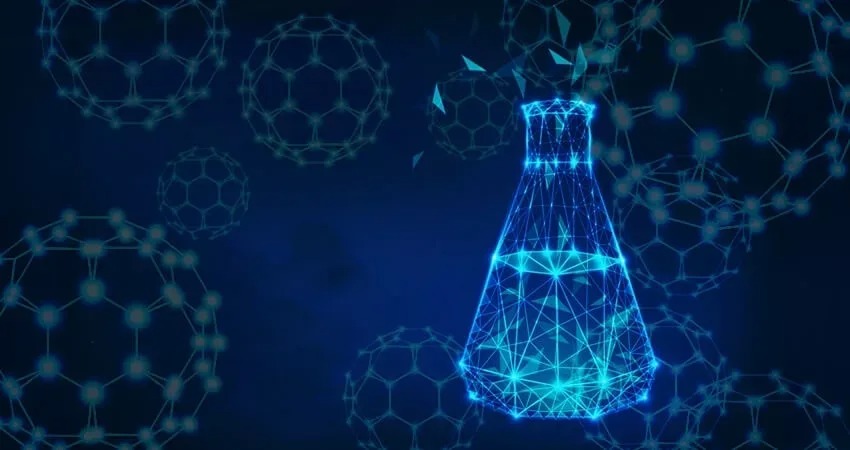Nanotechnology—engineering at the atomic and molecular level—is revolutionizing medicine, electronics, and even the environment. But how do these tiny particles create such a big impact? Let’s explore the science behind nanotechnology and its real-world applications! 🚀🔬
1. What is Nanotechnology? 🏗️⚛️
Nanotechnology deals with structures between 1 and 100 nanometers in size. For perspective:
✅ 1 nanometer (nm) = 1 billionth of a meter
✅ A human hair is about 80,000 nm wide
✅ A red blood cell is about 7,000 nm wide
By manipulating materials at the nanoscale, scientists create stronger, lighter, and more efficient materials than ever before.
2. How Does Nanotechnology Work? 🧪🔍
Nanotechnology relies on quantum mechanics—the physics of atoms and subatomic particles. At this level:
🔸 Materials behave differently (e.g., gold nanoparticles turn red instead of yellow) 🏅
🔸 Surfaces become superhydrophobic (water-repelling) 💦
🔸 Substances gain antibacterial properties (e.g., silver nanoparticles kill bacteria) 🦠❌
By engineering nanoparticles, we enhance materials, improve medicine, and solve environmental challenges.
3. Amazing Applications of Nanotechnology 🚀🦠
A. Medicine: Fighting Diseases at the Molecular Level 🏥💉
🔹 Nanodrugs – Target cancer cells directly, minimizing side effects 🎯🦠
🔹 Nano-robots – Tiny robots (nanobots) may one day repair tissues inside the body 🤖🧬
🔹 Biosensors – Nanotech devices can detect diseases earlier in the bloodstream 🩸
💡 Example: Nanoparticles help deliver COVID-19 vaccines more effectively! 💉
B. Electronics: Faster, Smaller, More Powerful 🖥️📱
🔹 Nanochips – Smaller, faster, and more efficient computer processors 🚀
🔹 Quantum Dots – Nanotech improves TV and smartphone displays 📺📱
🔹 Flexible Electronics – Ultra-thin, bendable screens powered by nanomaterials 📜💡
💡 Example: Apple and Intel use nanotransistors for cutting-edge microchips!
C. Environment: Cleaning Air & Water 🌱💧
🔹 Nanofilters – Purify water by removing bacteria, viruses, and heavy metals 🚰
🔹 Self-Cleaning Surfaces – Nanocoatings prevent dirt and bacteria buildup 🏗️✨
🔹 Air Purification – Nano catalysts break down pollutants in the atmosphere 🌫️
💡 Example: Titanium dioxide (TiO₂) nanoparticles are used in self-cleaning glass! 🏢
D. Energy: Making Renewable Power More Efficient ⚡☀️
🔹 Nano-solar panels – Capture more sunlight, making solar energy more efficient ☀️🔋
🔹 Better Batteries – Nanotech extends battery life and enables faster charging 🔋⚡
🔹 Hydrogen Storage – Nanomaterials help store hydrogen for clean fuel 🚗🌿
💡 Example: Tesla’s next-gen batteries use nanotech for better energy storage! 🚘🔋
4. Future of Nanotechnology: What’s Next? 🔮🛠️
By 2050, nanotech could lead to:
✅ Cure for diseases like cancer & Alzheimer’s 🧠💊
✅ Self-healing materials for construction & clothing 🏗️👕
✅ Miniature supercomputers the size of a grain of rice 🖥️✨
✅ Space exploration breakthroughs with ultra-light nanomaterials 🚀🪐
As nanotechnology advances, it will redefine industries, medicine, and daily life. 🚀
Conclusion: Small Science, Big Future 🚀🔬
Nanotechnology is already transforming medicine, electronics, energy, and the environment. As scientists unlock more nanotech secrets, the future promises faster tech, cleaner energy, and life-saving medical breakthroughs!


